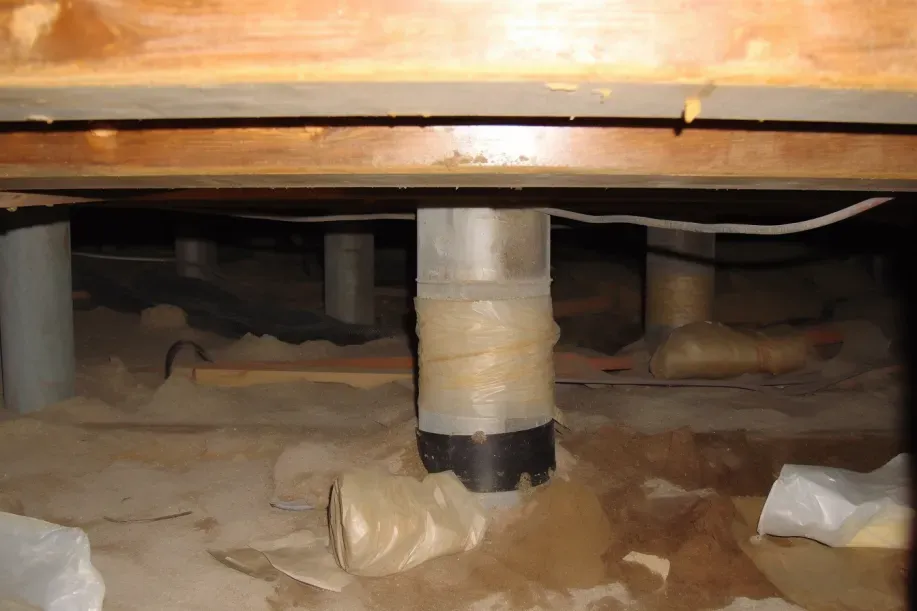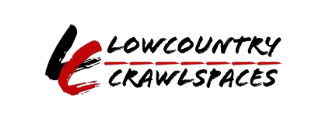Crawl Space Cleaning and Mold Prevention
Welcome to our insightful exploration into the often-overlooked yet vital aspect of home maintenance – crawl space cleaning. Nestled beneath our homes, crawl spaces are hidden areas that, if neglected, can become the breeding grounds for mold and a host of other issues, affecting both the health of the residents and the integrity of the structure.
Understanding the Importance of Crawl Space Cleaning
Crawl spaces, due to their secluded nature and conditions, are prone to accumulating moisture, dust, and debris. This environment can foster mold growth, leading to potential health risks and structural damage. Regular cleaning and maintenance of these spaces are essential for the overall well-being of your home.
The Mold Factor:
Mold thrives in damp, dark, and poorly ventilated areas, making crawl spaces an ideal habitat.
The presence of mold in crawl spaces not only degrades the area but can also affect indoor air quality, as air from the crawl space circulates throughout the home.
Connecting Maintenance with Prevention:
Regular cleaning and maintenance of crawl spaces are key in controlling moisture levels and preventing mold growth.
Simple actions like removing debris, ensuring proper ventilation, and addressing any moisture issues can significantly reduce the risk of mold development.
Join us as we delve deeper into the significance of crawl space cleaning. We'll explore effective strategies for maintenance and how these efforts are intrinsically linked to preventing mold and ensuring a healthy living environment.
Understanding the Crawl Space Environment
Crawl spaces, often overlooked, play a significant role in the overall health and safety of a building. Understanding the unique characteristics of crawl spaces and their susceptibility to mold is crucial for effective home maintenance and mold prevention.
Characteristics of Crawl Spaces
Crawl spaces are typically unfinished areas located beneath houses, used to provide access to plumbing, electrical wiring, and HVAC systems. Their unique characteristics have a direct impact on the building's overall environment.
Typical Conditions in Crawl Spaces:
- Limited Ventilation: Crawl spaces often have poor ventilation, leading to stagnant air and moisture accumulation.
- High Humidity: They are prone to high humidity levels, especially in regions with damp climates or during certain seasons.
- Darkness: The lack of light in crawl spaces creates an environment where mold can thrive undisturbed.
- Dirt Floors: Many crawl spaces have dirt or gravel floors, which can contribute to moisture issues.
Why These Conditions Matter:
The environment in crawl spaces can affect the air quality and temperature of the living spaces above.
Issues like moisture and mold in crawl spaces can lead to structural damage over time.
Why Crawl Spaces are Prone to Mold
The conditions in crawl spaces create an ideal breeding ground for mold. Understanding these factors is key to implementing effective prevention strategies.
Contributing Factors to Mold Growth:
- Moisture: The most significant factor is moisture, whether from external sources (like rainwater intrusion) or internal sources (like plumbing leaks).
- Organic Materials: Many crawl spaces contain organic materials such as wood and insulation, which mold can use as a food source.
- Temperature: Crawl spaces often maintain temperatures that are conducive to mold growth.
- Poor Air Circulation: Limited air circulation in crawl spaces allows humidity and mold spores to accumulate.
Prevention Implications:
- Recognizing these factors is the first step in mold prevention. Measures like improving ventilation, installing vapor barriers, and ensuring proper drainage can mitigate these risks.
- Regular inspections and maintenance of crawl spaces are essential to identify and address any early signs of moisture or mold issues.
Understanding the unique environment of crawl spaces and their propensity for mold growth is crucial for homeowners. It enables them to take proactive steps to protect their homes from potential damage and health risks associated with mold.
Steps for Effective Crawl Space Cleaning
Cleaning a crawl space is a crucial aspect of home maintenance that can prevent mold growth and ensure the structural integrity of your home. This guide provides a step-by-step approach to effectively clean your crawl space.
Pre-Cleaning Preparation
Proper preparation is key to a successful and safe crawl space cleaning session.
Safety First:
- Personal Protective Equipment (PPE): Wear appropriate PPE, including gloves, a mask, and protective clothing, to avoid exposure to mold, dust, and other potential irritants.
- Tools and Supplies: Gather necessary tools such as a flashlight, garbage bags, a vacuum cleaner (preferably a HEPA-filtered one), and cleaning agents.
Assess the Area:
- Inspect for Hazards: Check for any electrical hazards, sharp objects, or unstable flooring.
- Identify Problem Areas: Look for signs of mold, water damage, or pest infestations, as these will need special attention.
Ventilation:
Ensure the crawl space is well-ventilated during and after cleaning to help dry out the area and remove airborne particles.
Cleaning Techniques and Best Practices
A thorough cleaning process is essential to effectively remove mold, dust, and debris from your crawl space.
Step-by-Step Cleaning Process:
- Remove Debris: Start by removing any debris, such as old storage items, which can harbor mold and pests.
- Vacuuming: Use a HEPA-filter vacuum to clean dust, dirt, and mold spores. Pay special attention to corners and crevices.
- Mold Cleaning: If mold is present, use a mold-killing solution. Follow the manufacturer's instructions and apply it to affected areas.
- Wiping Surfaces: Wipe down all surfaces, including pipes and ductwork, to remove any remaining dust and mold residue.
- Dry the Area: Use fans or dehumidifiers to dry out the crawl space thoroughly. This step is crucial to prevent future mold growth.
Best Practices:
- Regular Inspections: Regularly inspect your crawl space for early signs of mold or moisture issues.
- Moisture Control: Consider installing a vapor barrier or improving drainage around your home to control moisture levels in the crawl space.
- Pest Control: Seal any gaps or cracks to prevent pest infestations, which can contribute to crawl space problems.
Effective crawl space cleaning not only addresses immediate cleanliness concerns but also plays a vital role in the long-term maintenance and health of your home. Regular cleaning and inspections can prevent costly repairs and health issues related to mold and moisture.
Identifying and Addressing Mold in Crawl Spaces
Mold in crawl spaces can be a hidden problem with significant implications for the health of residents and the integrity of the structure. Recognizing the signs of mold and knowing the initial steps for mitigation are crucial in dealing with this issue effectively.
Signs of Mold in Crawl Spaces
Identifying mold in crawl spaces early can prevent it from becoming a larger problem. Here are key signs to look out for:
Visual Indicators:
- Discoloration: Look for spots of black, white, green, or other discolorations on wood, insulation, or other surfaces.
- Fuzzy or Slimy Patches: Mold can appear as fuzzy growths or slimy patches, especially in damp areas.
Odor:
Musty Smell: A strong, musty odor is often the first sign of mold, even if it's not visible. This smell is particularly noticeable in enclosed spaces like crawl spaces.
Physical Symptoms:
Health Effects: If residents experience increased allergies, respiratory problems, or other mold-related health issues, it could indicate the presence of mold in the home, possibly in the crawl space.
Moisture Issues:
Water Intrusion: Signs of water leaks, standing water, or condensation can indicate a high likelihood of mold growth.
Initial Steps for Mold Mitigation
Upon discovering mold in your crawl space, taking immediate action is essential to prevent its spread and mitigate its impact.
Containment:
- Limit Access: Restrict access to the crawl space to prevent the spread of mold spores to other parts of the home.
- Ventilation: Increase ventilation in the crawl space, but be cautious not to spread spores to living areas.
Moisture Control:
- Address Water Issues: Fix any leaks or drainage problems to stop further moisture accumulation.
- Dehumidify: Use dehumidifiers to reduce humidity levels in the crawl space, creating an environment less conducive to mold growth.
Cleaning and Removal:
- Small Areas: For small areas of mold, use appropriate cleaning solutions and protective gear to clean it yourself.
- Professional Remediation: For extensive mold growth, it's advisable to hire professionals who specialize in mold remediation.
Preventive Measures:
After addressing the immediate mold issue, consider long-term solutions like improving crawl space insulation, installing vapor barriers, and ensuring ongoing ventilation to prevent future mold growth.
Identifying and addressing mold in crawl spaces promptly can protect your home's structural integrity and the health of its occupants. Regular inspections and maintenance are key to preventing mold problems in these often-neglected spaces.
Mold Prevention Strategies
Preventing mold growth is crucial for maintaining a healthy living environment and preserving the integrity of your property. Effective mold prevention largely revolves around controlling moisture levels and improving ventilation. Here’s how you can implement these strategies.
Controlling Moisture Levels
Moisture control is the key to mold prevention. Here are techniques to manage moisture effectively:
Identify and Repair Leaks:
Regularly inspect your home for leaks in the roof, walls, and plumbing. Promptly repair any leaks to prevent moisture accumulation.
Proper Drainage:
Ensure that your home has proper drainage. Gutters and downspouts should direct water away from the foundation. The ground around the foundation should slope away from the house to prevent water pooling.
Use of Dehumidifiers:
In areas with high humidity, use dehumidifiers to maintain indoor humidity levels between 30-50%. This range helps prevent mold growth by reducing air moisture.
Drying Wet Areas:
Quickly dry any wet areas within 24-48 hours to prevent mold growth. This includes after leaks, spills, or flooding.
Moisture-Resistant Materials:
When building or renovating, use moisture-resistant materials, especially in areas prone to dampness, like bathrooms and basements.
Ventilation Improvements
Improving ventilation is another effective strategy to prevent mold growth by reducing moisture and improving air quality.
Enhance Natural Ventilation:
Open windows and doors when weather permits to increase natural air circulation, reducing moisture and preventing mold growth.
Use Exhaust Fans:
Install and use exhaust fans in high-moisture areas like kitchens, bathrooms, and laundry rooms. These fans help expel moist air outside, keeping indoor humidity levels in check.
Maintain HVAC Systems:
Regularly maintain heating, ventilation, and air conditioning systems. Clean or replace filters as recommended to ensure efficient operation and proper moisture control.
Vent Appliances Outside:
Ensure that appliances like clothes dryers vent outside, not into attics or crawl spaces, to prevent moisture buildup.
Attic Ventilation:
Proper attic ventilation is crucial to prevent moisture accumulation. Ensure that your attic has adequate venting through soffit vents, ridge vents, or other ventilation systems.
Implementing these moisture control and ventilation strategies can significantly reduce the risk of mold growth in your home. Regular inspections and maintenance are key to ensuring these systems remain effective in mold prevention.
Choosing the Right Cleaning and Prevention Materials
Selecting the appropriate materials and products is crucial in effectively cleaning and preventing mold in your home. From mold-resistant building materials to safe cleaning agents, the right choices can make a significant difference in maintaining a mold-free environment.
Mold-Resistant Products
Incorporating mold-resistant products in your home can greatly reduce the risk of mold growth, especially in areas prone to moisture.
Mold-Resistant Paints:
These paints contain antimicrobial agents that prevent mold spores from growing. They are ideal for use in high-moisture areas like bathrooms and kitchens.
Mold-Resistant Drywall and Sheetrock:
Traditional drywall can absorb moisture, making it susceptible to mold. Mold-resistant drywall is treated to resist water absorption, making it a better choice for humid environments.
Mold-Resistant Sealants and Caulks:
Sealants and caulks designed to resist mold are essential for sealing gaps and cracks in bathrooms, kitchens, and other moisture-prone areas.
Mold-Resistant Flooring:
Certain types of flooring, such as tile and some laminates, are more resistant to mold than others. Avoiding carpet in basements and bathrooms can also help prevent mold growth.
Safe and Effective Cleaning Agents
Using the right cleaning agents is essential for safely and effectively removing mold and preventing its return.
Natural Cleaning Solutions:
- Vinegar: A natural, non-toxic option that can kill most mold species. Apply white distilled vinegar to the affected area, let it sit for an hour, then wipe clean.
- Baking Soda: Mixed with water, baking soda is a safe and effective mold cleaner. It also deodorizes and prevents mold from returning.
Commercial Mold Cleaners:
There are numerous commercial products specifically designed to kill mold. When choosing a commercial mold cleaner, look for EPA-registered products that are effective against mold.
Safety Precautions:
- Always wear protective gloves and a mask when cleaning mold.
- Ensure good ventilation when using any cleaning agents, especially chemical ones.
Preventative Sprays:
After cleaning, consider using a mold-preventative spray in areas prone to moisture. These sprays create a barrier that inhibits mold growth.
Choosing the right mold-resistant products and cleaning agents is a proactive step towards maintaining a healthy, mold-free home. Regular cleaning with appropriate products, combined with the use of mold-resistant materials, can significantly reduce the likelihood of mold problems.
FAQs
Contact Lowcountry Crawlspaces Today!
Lowcountry Crawlspaces will do everything we can to ensure your experience with us is excellent.
Request A FREE Estimate
CHECKOUT RECENT POST
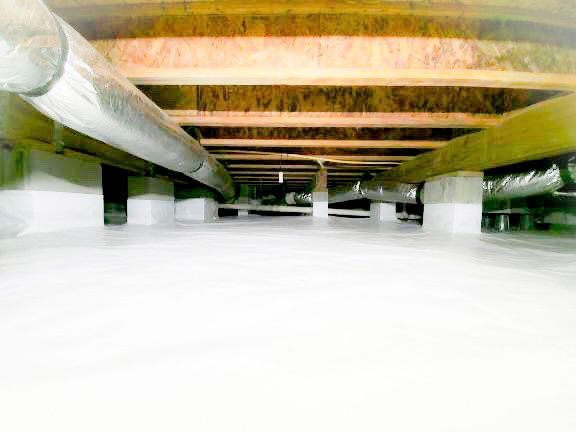
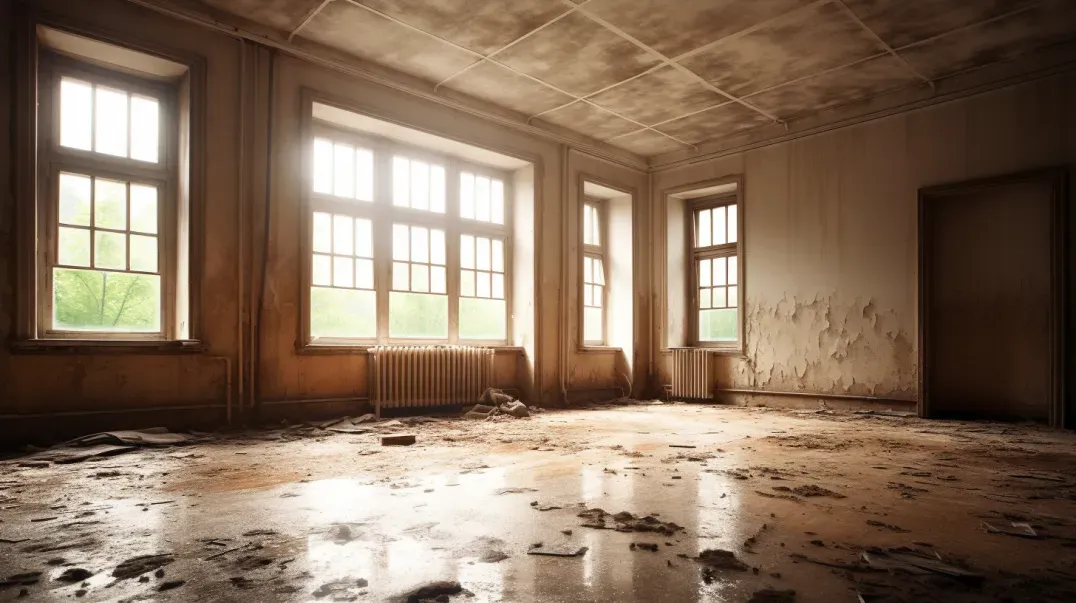
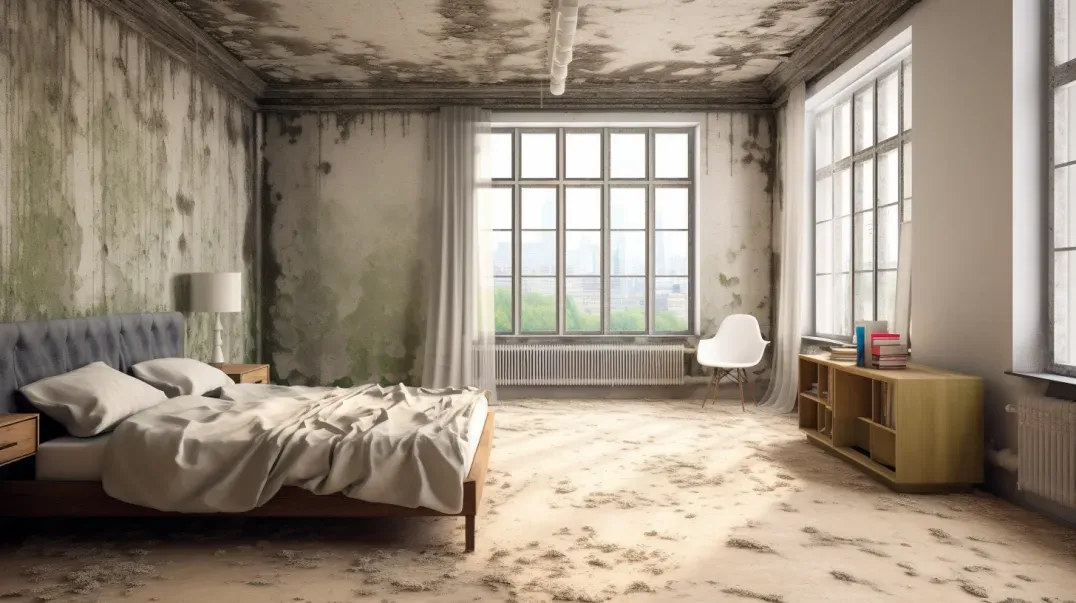
Schedule Your FREE Crawl Space Evaluation Today
There Is No Crawl Space Job We Can’t Fix!



